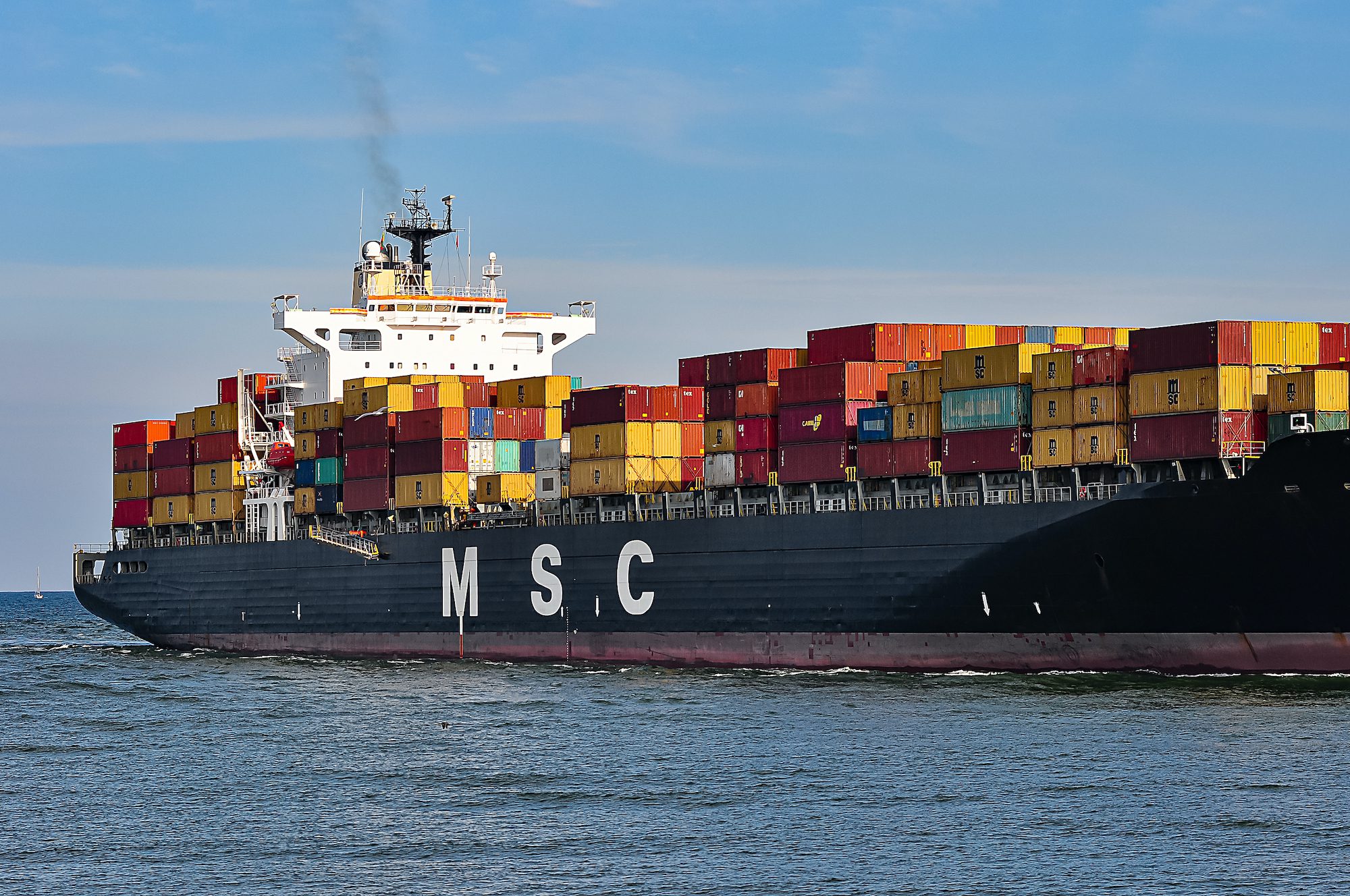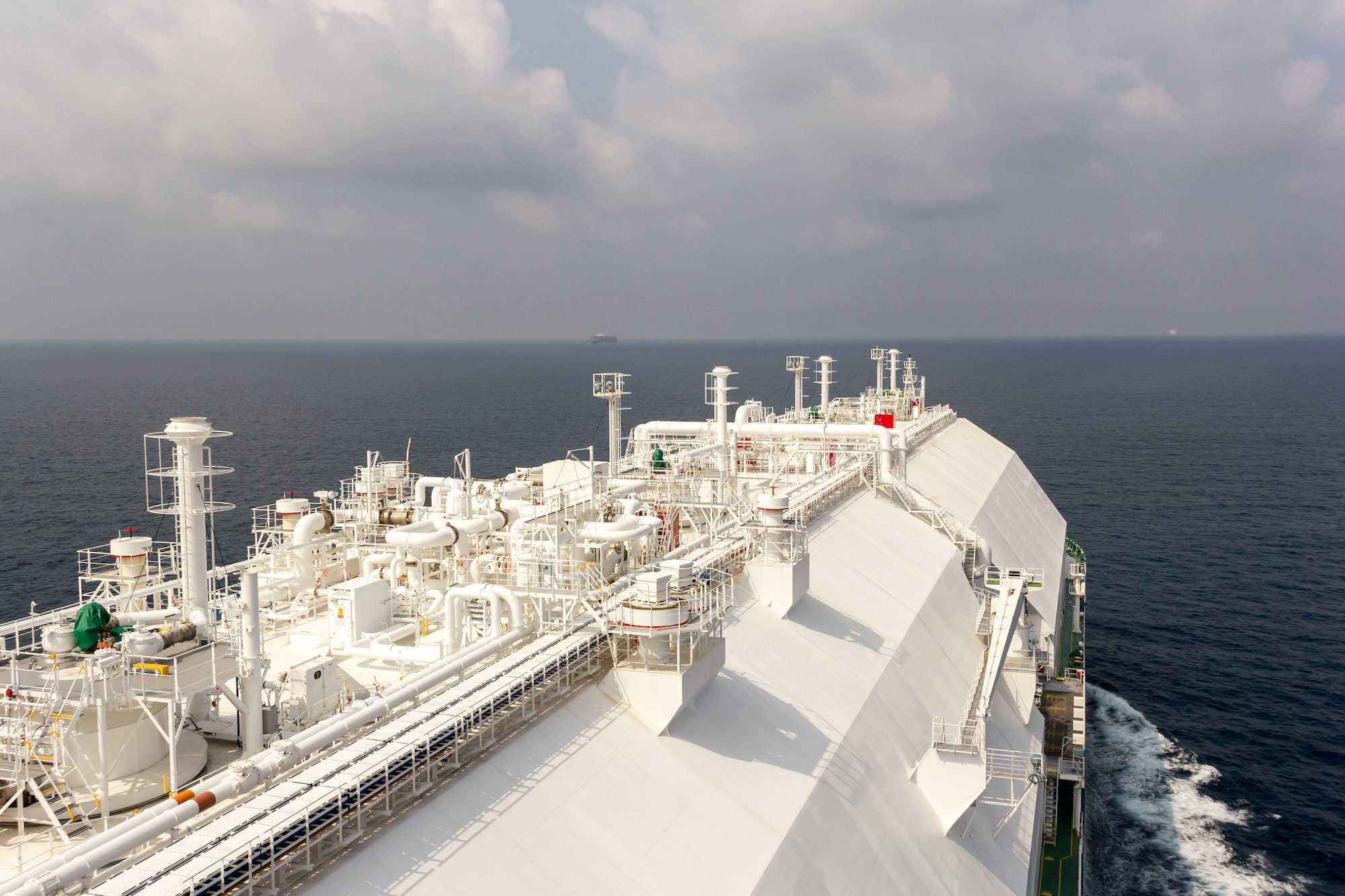The American Bureau of Shipping (ABS) has released a new report exploring the potential use of advanced nuclear technology in maritime applications, aiming to shed light on the feasibility and safety implications of nuclear propulsion in commercial vessels.
The study, focusing on the integration of a small modular reactor into a standard liquefied natural gas (LNG) carrier, marks a significant step towards revolutionizing maritime propulsion and addressing global emissions concerns.
For the study, ABS, in collaboration with Herbert Engineering Corporation (HEC), conducted an in-depth analysis of a high-temperature, gas-cooled reactor (HTGR) and its transformative impact on a 145,000m3 LNG carrier.
Google’s Landmark Nuclear Power Deal Echoes in Maritime Industry
The research aims to provide crucial insights into various aspects of nuclear-powered LNG carriers, including heat and energy management, shielding, weight distribution, and other critical design features. These findings are expected to play a pivotal role in identifying design challenges and shaping future industry regulations.
One of the most promising outcomes of the study is the potential for HTGR technology to enable faster transit speeds while achieving zero-emission operations, potentially addressing one of the shipping industry’s most pressing challenges – reducing its carbon footprint. Additionally, the technology eliminates the need for frequent refueling, although it would require replacement approximately every six years.
“While this technology is well understood on land, adapting it for marine application is in its infancy. However, this study and the other research we have carried out clearly highlight its significant potential to address not only shipping’s emissions challenge but to deliver a range of other operational advantages to the industry,” said Patrick Ryan, ABS Senior Vice President and Chief Technology Officer.
The study reveals that nuclear-powered LNG carriers would feature unique design elements, such as reactors positioned at the vessel’s rear and batteries located where fuel tanks are typically found in conventional ships. The design also incorporates a reinforced hull to ensure safety. However, due to design constraints, the HTGR technology would be most suitable for larger LNG carriers.
The report is part of a broader initiative by ABS to address the challenges associated with adopting nuclear technology at sea. In a recent development, ABS introduced the industry’s first comprehensive rules for floating nuclear power plants during a forum held in collaboration with Idaho National Laboratory (INL).
The U.S. Department of Energy (DOE) has recognized the potential of this technology and awarded ABS a contract to investigate barriers to the adoption of advanced nuclear propulsion on commercial vessels. This move underscores the growing interest and support for nuclear propulsion in the maritime sector.
The ABS study could mark a turning point in maritime propulsion, with nuclear-powered vessels offering the potential for zero-emission operations while maintaining efficiency, positioning the technology as a potential game-changer for greener shipping.

 Join The Club
Join The Club










